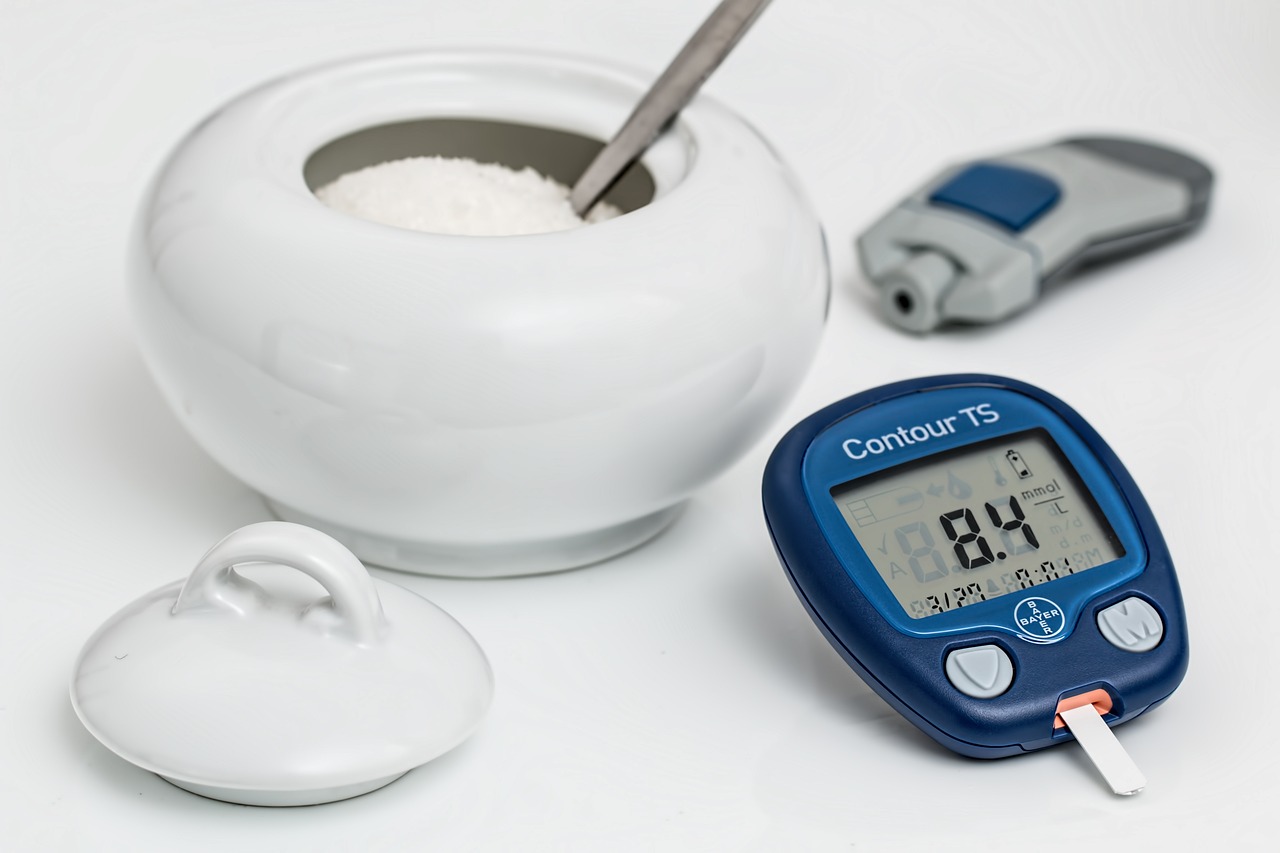According to statistical reports, the male-to-female ratio in the incidence of thyroid cancer is about 1:3.3, with women’s incidence significantly higher than that of men.
The causes of thyroid cancer are not yet fully understood, and at present, it is believed that it may be related to the following factors, including: high-dose exposure to ionizing radiation, heredity, endocrine disorders, and excessive or low iodine intake.
Some people are worried if they have thyroid cancer when they find thyroid nodules in their physical examination.
Thyroid nodules, which are masses growing on the surface or inside the thyroid gland, are relatively common,** but only about 1% of nodules are malignant. **However, only about 1% of the nodules are malignant. If you have a physical examination and find a thyroid nodule, you should not worry too much, and further examination is needed to determine whether it is benign or malignant.
If these 3 symptoms occur on a regular basis, you should go to the hospital in time for a checkup:
1、Swollen lymph nodes in the neck
When thyroid nodule turns into cancer, there will be some obvious symptoms, such as swollen lymph nodes in the neck. Of course, swollen lymph nodes in the neck may also be inflammation, and there are often oral infections, head and face skin and upper respiratory tract infections. Therefore, thyroid ultrasound is needed to further determine this, as well as checking thyroid function.
2、Difficulty in swallowing and obstructed breathing
If there is a persistent cough, followed by dysphagia, shortness of breath and breathlessness, then you should seek medical attention as soon as possible.
3、Hoarseness
Patients with thyroid nodules need to be alert if they develop a sore throat or hoarseness. When thyroid nodules evolve into thyroid cancer, there will be hard and uneven lumps in front of the trachea and at the root of the neck, which will spread and metastasize with the prolongation of time, especially to the neck, ribs, bones and other parts of the body, and there will be symptoms of tumor compression.



